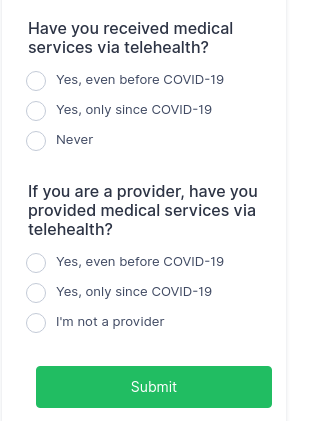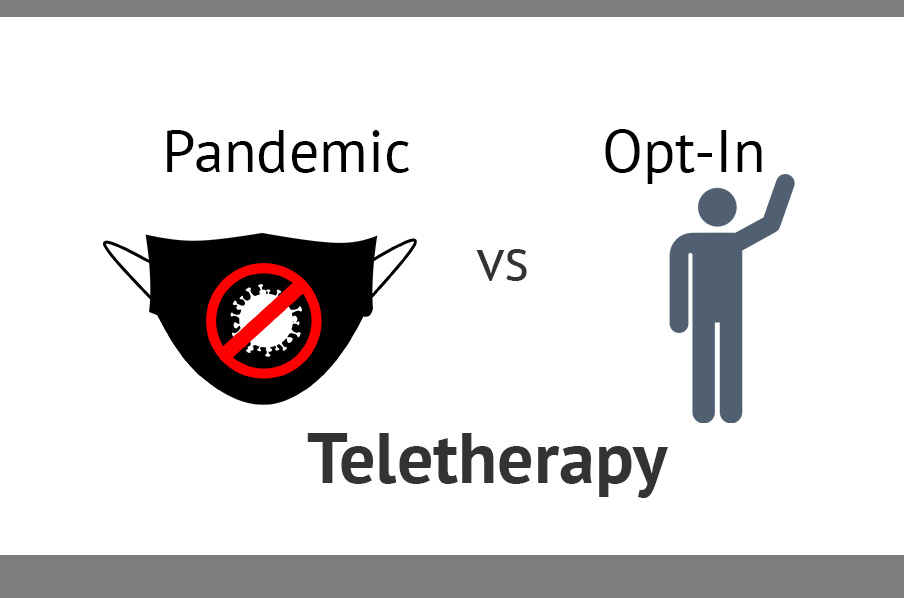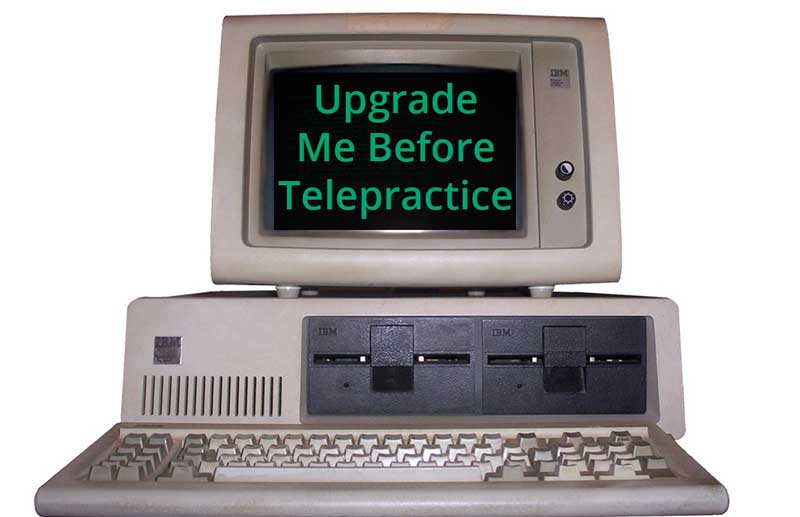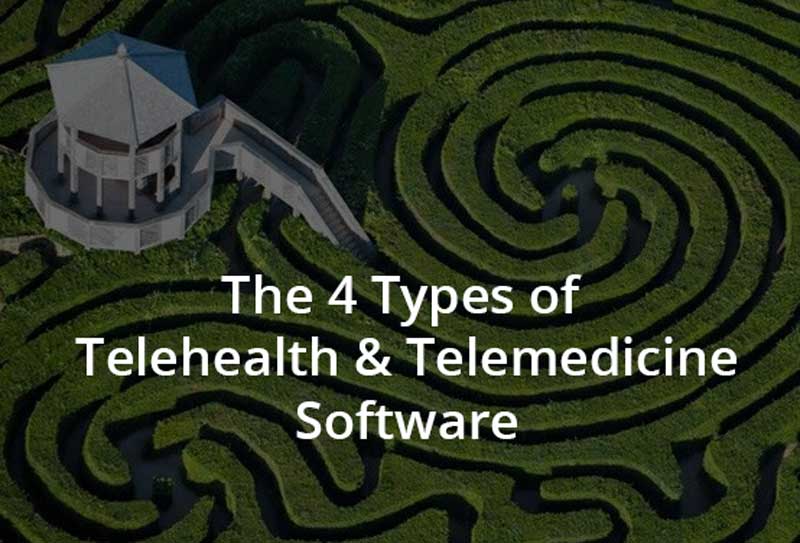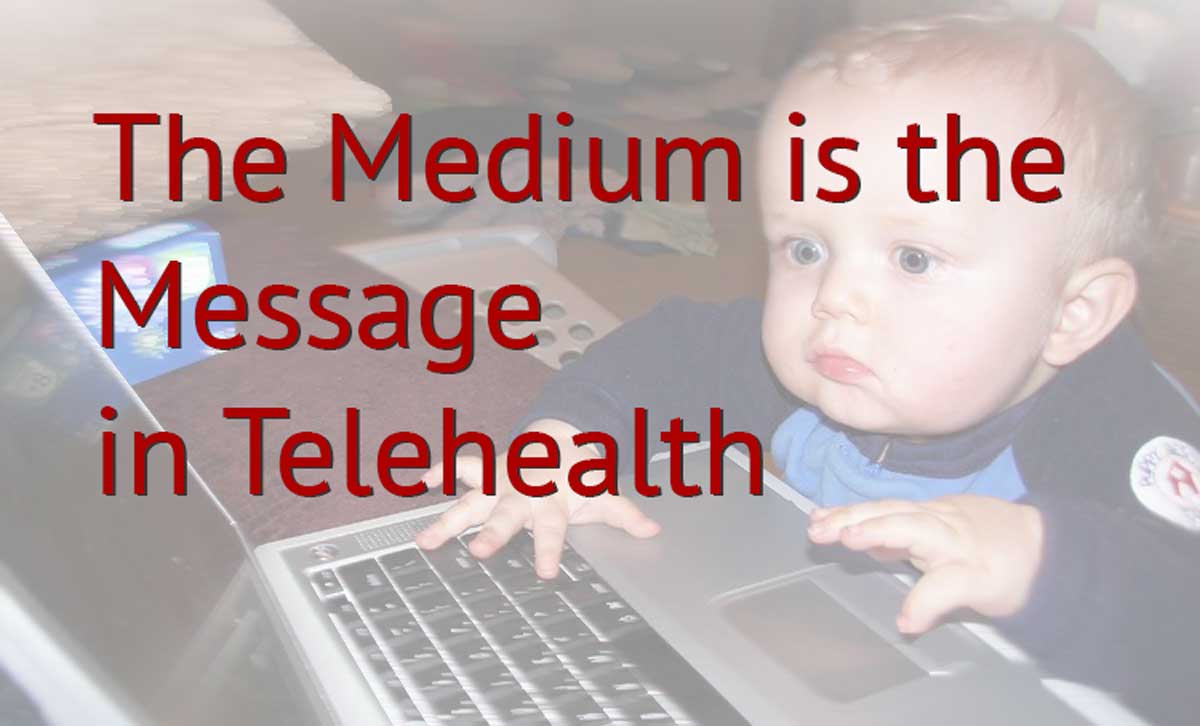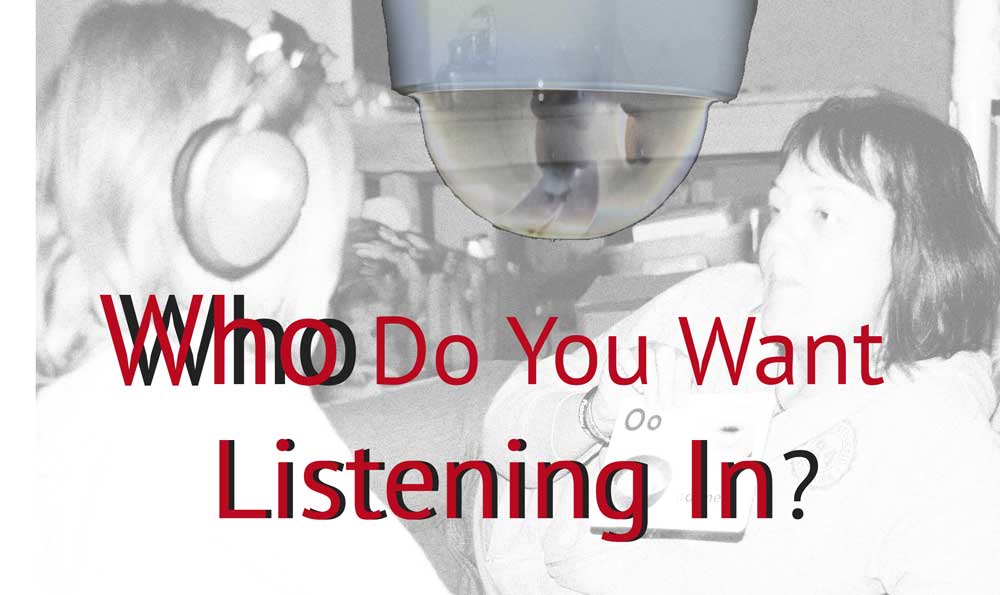After Years of Using Zoom for Teletherapy |

Why do private and outpatient therapy companies have a hard time attracting clients to online therapy?
Doctors don't make house calls anymore. I often use that as an illustration because it shows a change in how services were delivered. Imagine, if all your life, "Going to the doctor" meant them coming to you, and suddenly that ceased. That would be a big change, especially if you didn't have a car or had difficulty leaving home. On the other hand, doctors can see at least five times more patients in a clinic, so it would be a lot easier to get an appointment.
You must understand that online therapy will not fit into most of your client's assumptions about how therapy is delivered. Most people understand video conferencing, but that's beside the point. Because its outside their assumption of how therapy is delivered, most don't know if online therapy is for them. On the other hand, there are some who will ask, "Can we just do this over Skype or Facetime?" The key is to focus on what your client may be thinking.
Think Like a Client
When someone realizes or is told they need therapy services for themselves, their child, or elder parent, they are thinking:
-Will therapy be covered by insurance or will I have to pay out-of-pocket?
-Who provides the needed therapy in my area and do I need a referral?
-How long would the therapy take?
-How much time is this going to take?
-What would happen if we didn't do the therapy?
-How am I going to take time out of work for this?
-How am I going to get to therapy?
These thoughts aren't new to you if you've treated for any amount of time. When it comes to marketing online therapy though, you must learn to utilize them to direct people to the teletherapy option.
Market to Your Client's Concerns
Having a 5, 10, and 12 year old, you can imagine how much time my wife and I spend driving them around. One of our biggest concerns about adding something to their schedule is the time it will take and who will take them there. For a thirty minute therapy appointment, its not uncommon for people to spend more than an hour driving to and from.
How many times are therapy appointments canceled because a parent or sibling is sick? What about bad weather or car problems? At our brick-and-mortar clinic, kids with divorced parents often experience problems making appointments because one parent isn’t able to bring them. Whatever the issue, highlight how telepractice can help alleviate it.
Not a Option, The Option
Many brick-and-mortar clinics approach telehealth the wrong way. First, they have therapists switch back and forth between an online and in-person sessions. This is not to say therapists can't do a great job at both, but its best to think about the switch between in-person and online the same way you would picture in-clinic versus in-home. The constant switching can be taxing. This might seem unrelated to marketing telehealth, but in fact, how comfortable and accepting therapists are with online therapy will play a significant role in your client's adoption of it.
Second, don't offer teletherapy as simply an option on your website. Think of doctors that switch from house calls to clinic-only visits. Would clients be more likely to opt for house calls, something they are familiar with, or clinic visits? You must market your telehealth service as the best option for all who would benefit from it.
How do you market telehealth as The Option? First, either create a new telehealth brand name with a different website, or make it a sub-brand. For example, "Dallas Speech Clinic" and "Dallas Speech - Online". This helps clients understand that telehealth isn't simply a way for them to receive therapy from the same therapist. Telehealth is an exciting new way to receive services all together. Second, pull together a select group of therapists and staff to spearhead your telehealth brand (or sub-brand). Instead of randomly assigning "telehealth" visits to therapists, convey the importance of the program by equipping them with training, software, tools, and time to make it a truly stand-out service.
Avoid Insider Terms
Healthcare has more weird terms than any other industry. Few medical outsiders know what Apraxia is unless they or their family have it. The same is true for the words, "Telehealth,” "Telepractice,” "Teletherapy,” and "Telemedicine". Sure, many will be able to quickly figure out what it is, but even the prefix, "tele" makes one think of telephone.
Instead of referring to your online therapy program with these industry terms, use language the general public is familiar with. For example, use "Sprout Therapy - Online" instead of "Sprout Therapy - Telehealth".
Strategic Investment
Successful brick-and-mortar clinics invest in marketing and sales to attract people to their location, and in things to keep them coming. Having an in-person clinic can be expensive but the expenses are things we are familiar with, like rent and furniture.
Marketing online services requires an investment in different marketing materials. For example, to encourage doctors to refer to your clinic, you likely do things like drop off fliers, holiday baskets, and maybe bring them lunch to inform them about your services. When adding telepractice, clinics will be tempted to simply say, "Oh, and we do telehealth now too", or add such language to their handouts. Doing so makes your telehealth initiative an afterthought that nobody understands.
When you market telehealth, you must assume that everyone you talk to has never heard of it. The reality is, even those that act like they understand it are thinking of pulling up Facetime on their phone. You must be strategic in how you communicate this exciting new way to help them or their child.
Create separate handouts for your telehealth service with your distinct logo. Visit doctors and other referral sources to only talk about teletherapy. Develop Google search adds, social media and blog posts that promote your telehealth initiative, not simply the therapy you are providing. Finally, understand that you will need to market the delivery method as much, if not more, than the actual therapy you are providing.
Telehealth Quick Poll
